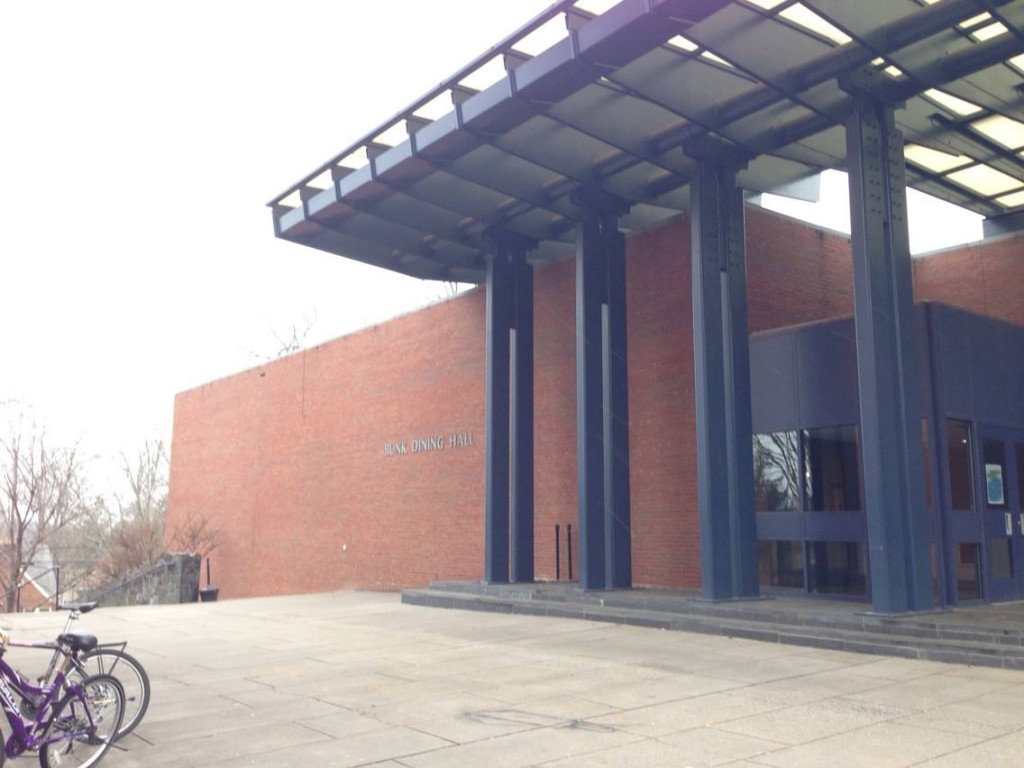Runk Dining Hall Waste Audit
LocalFoodAndWaste_RunkWaste (click PDF)
Fall 2011
Team members: Stephanie Burcham, Gabrielle Saba, & Krystal Sing
In order to address the problem of excess food waste that eventually accumulates in landfills after it leaves Runk, as part of a group project for a course in Global Sustainability at the University of Virginia, we conducted a food waste audit at one of UVa’s smaller dining halls, Runk Dining Hall. This food waste audit provided us with raw data to present to the university and the community in order to encourage students to reduce their amount of food waste and also to promote possibly installing a food composting system in the Runk dining hall. On November 2, 2011 during dinner hours from 5pm-8pm, we set up two large plastic containers next to the return tray line at Runk Dining Hall and collected food scraps left on students’ plates before they were sent to the kitchen to be washed. At the end of the audit, the container of food waste from the student’s plates weighed 104.2 lbs and the container of food waste from the kitchen weighed 40.5 lbs. 1,067 students were served in this three hour dinner period; an average of 1.56 ounces of food was wasted per person. Since Runk tends to serve less people, we were surprised to find that the total amount of food waste did not differ significantly from that of the other two dining halls. The weight of food waste collected was much larger at Observatory Hill, but Runk’s 104.2 pounds and Newcomb’s 101.7 pounds were very similar. As part of our educational campaign, posters with found data and thought provoking statements relating to food waste were tacked up around grounds. We put together a short promotional video using footage taken during the audit as well as an interview with Kendall Singleton, UVa Dining’s Sustainability Coordinator. We also conducted a survey to analyze why students were wasting food, which led us to two major conclusions: portion size issues and quality of food. Many students also stated they wished to have permanent signage in the dining halls as a reminder not to waste food. In conclusion, our group proposes that this signage be introduced near the tray return as a reminder. We also propose that Runk implement a composting program to help reduce methane emissions in local landfills.

